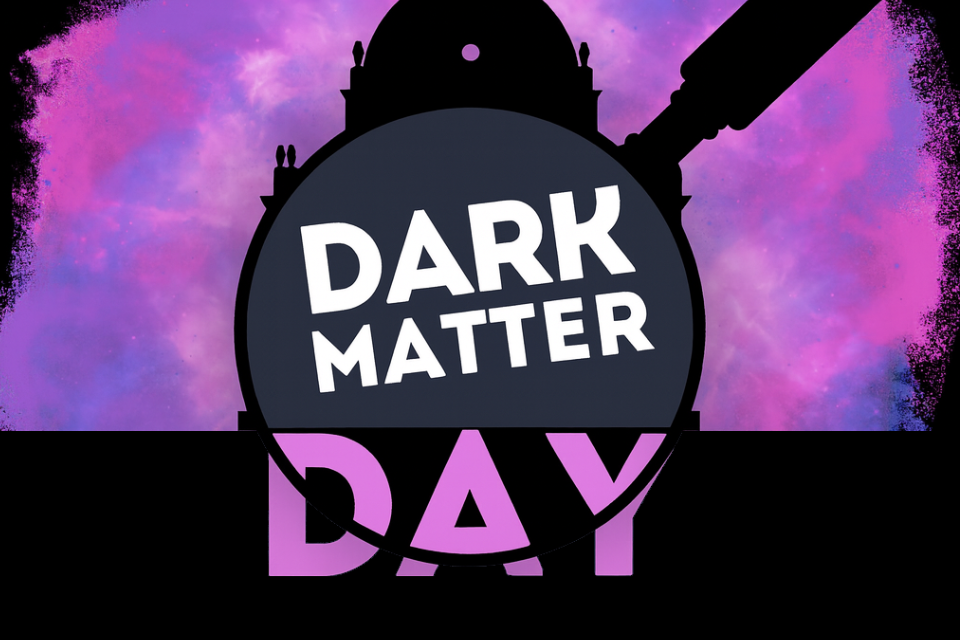On 30 October, the Department of Physics joined scientists and enthusiasts around the world in celebrating International Dark Matter Day, a global event dedicated to exploring one of the universe’s greatest mysteries — the invisible matter that makes up roughly 85% of all mass in the cosmos.
Hosted by the department’s astroparticle physics and cosmology teams, the Oxford event welcomed some 100 visitors of all ages. The afternoon featured interactive demonstrations, poster sessions, and hands-on exhibits covering particle physics, astrophysics, and cosmology – including a Minecraft model of the LUX-ZEPLIN (LZ) experiment, a kids’ science activity corner, and an Ask-the-Expert table with Professor Kimberly Palladino.
One of the highlights was a Flash Talks Medley, where researchers at different career stages delivered short, lively talks about their work. The session also featured a live broadcast from the LUX-ZEPLIN dark matter detector at the Sanford Underground Research Facility (SURF) in South Dakota, giving the audience a glimpse into one of the world’s leading dark matter experiments.
Visitors engaged enthusiastically with the scientists, asking questions that ranged from the fundamentals of particle physics to the future of dark matter research. Feedback was overwhelmingly positive, with one attendee noting how they 'appreciated [the organisers] talking to the children in such an engaging way at the posters.'
One attendee was most surprised to learn 'that dark matter is all around us, even in the Earth – not just deep in space.' While another was impressed to learn that 'there are so many different approaches and experiments looking for dark matter.'
The event was part of the global International Dark Matter Day celebrations, coordinated by research institutions around the world to promote public understanding of this elusive and fascinating component of our universe.

